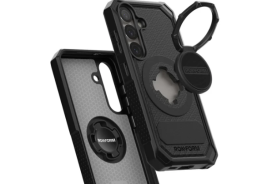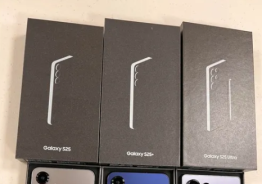Finnish smartphone maker Nokia launched its latest handset, the Lumia 925, sporting a metal design and the most advanced camera yet on a Lumia smartphone.
The new Nokia Lumia 925 stands out of the so-far polycarbonate Lumia crowd with its new elegant, metal design that is both thin and light.
Compared to the plastic Lumia 920, the new Nokia Lumia 925 is quite thin and light, measuring just 0.33 inches in thickness and weighing 4.9 ounces.
The Nokia Lumia 925 made its official debut at a London news conference, following months of speculation regarding size, weight and features. The smartphone runs on Microsoft's Windows Phone 8 software and costs €649 ($609). It will be available through Vodafone Group in Europe, while in China it will be available through China Mobile and China Unicom. Pricing for non-European markets was not available.
No-contract carrier T-Mobile will exclusively offer the metal Nokia Lumia 925 in the U.S., and that's a big win for the company. Not only is the Lumia 925 dramatically slimmer and with a higher quality build, but it's also the new global flagship phone, Nokia's peak in its Lumia line. The Finnish smartphone manufacturer will put most of its marketing efforts behind this model, and the Lumia 925 feels and looks more advanced than any other model in the Lumia family.
Aside from the stunning metal design, the Lumia 925 also packs some great specs and features. The handset has 4G LTE support, a 4.5-inch display with a resolution of 1280 x 768, a dual-core Qualcomm Snapdragon processor clocked at 1.5GHz, and an 8.7-megapixel camera with image stabilization and enhanced low-light performance.
Nokia describes its new Lumia 925 as a "new interpretation" of its predecessor, the Lumia 920, which remains on sale as well. While the new handset retains the same processor and 2,000 mAh battery as the Lumia 920, it comes with half the amount of internal storage, i.e. just 16GB. A 32GB model is, however, planned as an exclusive version for Vodafone.
The Lumia 925's rear camera also offers the same 8.7-megapixel resolution as its predecessor, but it does sport one notable change. The optical system on the new handset features a six-element lens, meaning six surfaces through which the light passes before reaching the image sensor. Each of these six elements helps correct image distortion. Previous high-end smartphone cameras featured a maximum of four or five such parts.
"Each element bends the light in a slightly different manner," Juha Alakarhu, Nokia's head of imaging technology, told the BBC. "The direct consumer benefit is that you get sharper images."
"The Nokia Lumia 925 includes the most advanced lens technology and next generation imaging software to capture clearer, sharper pictures and video, including the best low light images," touts the press release. "The Nokia Lumia 925 also introduces the new Nokia Smart Camera mode, coming as an update to all Lumia Windows Phone 8 smartphones. Nokia Smart Camera offers an easy way to capture ten images at once and edit the pictures with options like Best Shot, Action Shot, and Motion Focus for creating the perfect high quality image."
On the other hand, the new Nokia Lumia 925 lacks one notable feature the near-identical Lumia 928 sports: a Xenon flash. The Lumia 925 uses the less powerful LED technology instead.
Overall, the price of the Nokia Lumia 925 puts the handset somewhere in the mid- to high-end tier. This gives Nokia a competitive edge to go up against powerful rivals such as the new Samsung Galaxy S4 flagship. The Lumia 925 may not be Nokia's breakthrough device, but it does bring some sweet changes to the polycarbonate range of Lumia devices.
© Copyright 2025 Mobile & Apps, All rights reserved. Do not reproduce without permission.












